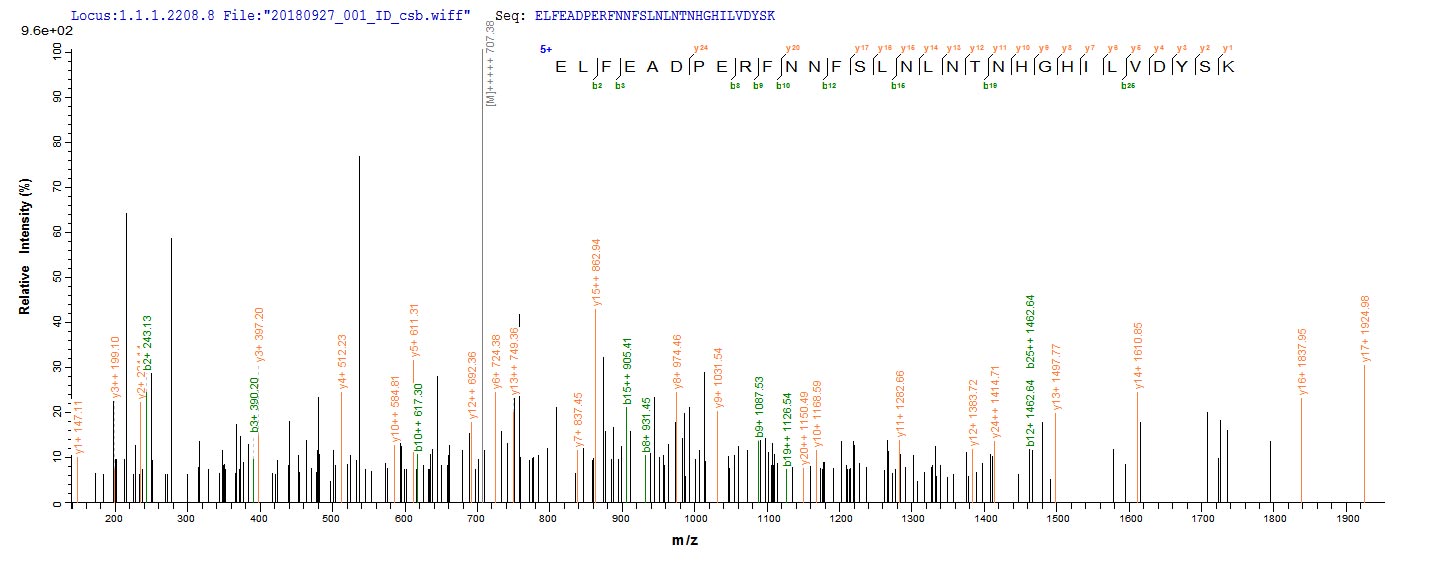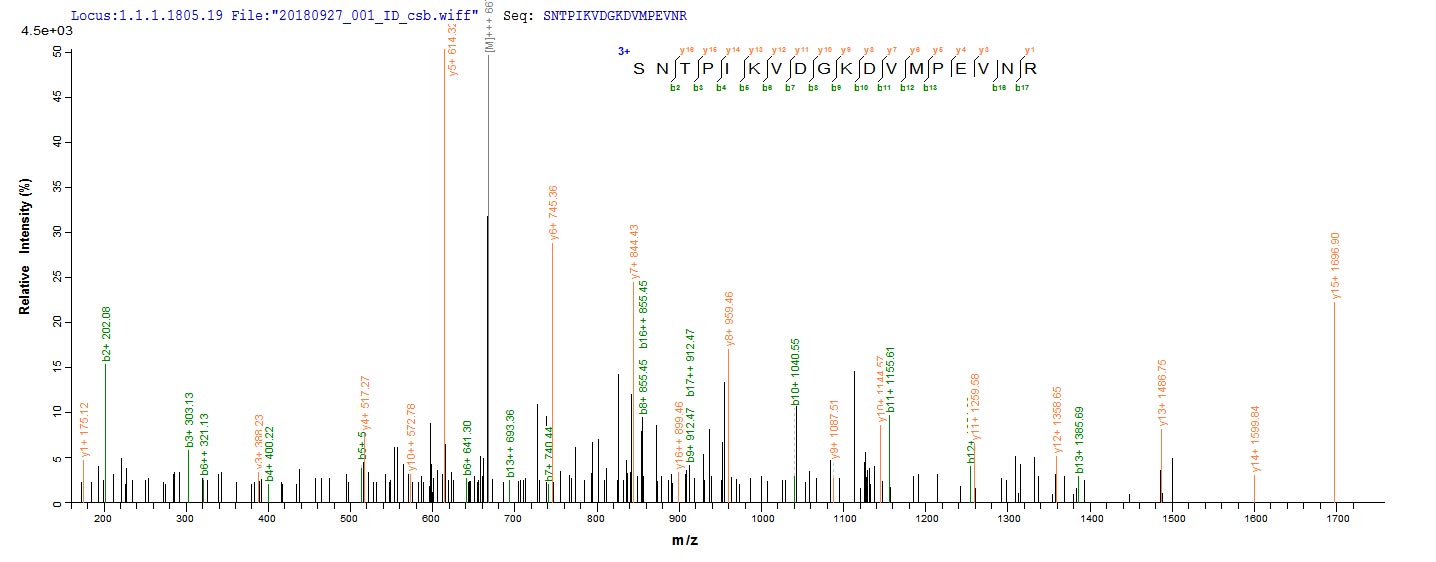The synthesis of Recombinant Mouse Gpi protein began with the isolation of Gpi gene from the native genome. The next step was to amplify the Gpi gene by inserting the Gpi gene into an expression vector and then introducing the vector into the selected host cell, E.coli. Significant amounts of recombinant Mouse Gpi protein were produced by the host only when expression genes were added. For the purpose of protein purification, the vector contains N-terminal 6xHis-B2M tag to the Gpi DNA sequence. The purity of this protein is 90%+ determined by SDS-PAGE.
Gpi (also known as Gpi1) is gene encoding a protein named glucose-6-phosphate isomerase (GPI) in animals. The protein encoded by this gene is also known as autocrine motility factor (AMF), neuroleukin (NLK), phosphoglucose isomerase (PGI) and phosphohexose isomerase (PHI). This protein is a neurotrophic factor found in skeletal muscle, brain, heart and kidneys which supports the survival of embryonic spinal neurones, skeletal motor neurones and sensory neurones. It is a protein with glucose-6-phosphate isomerase and growth factor activity.






